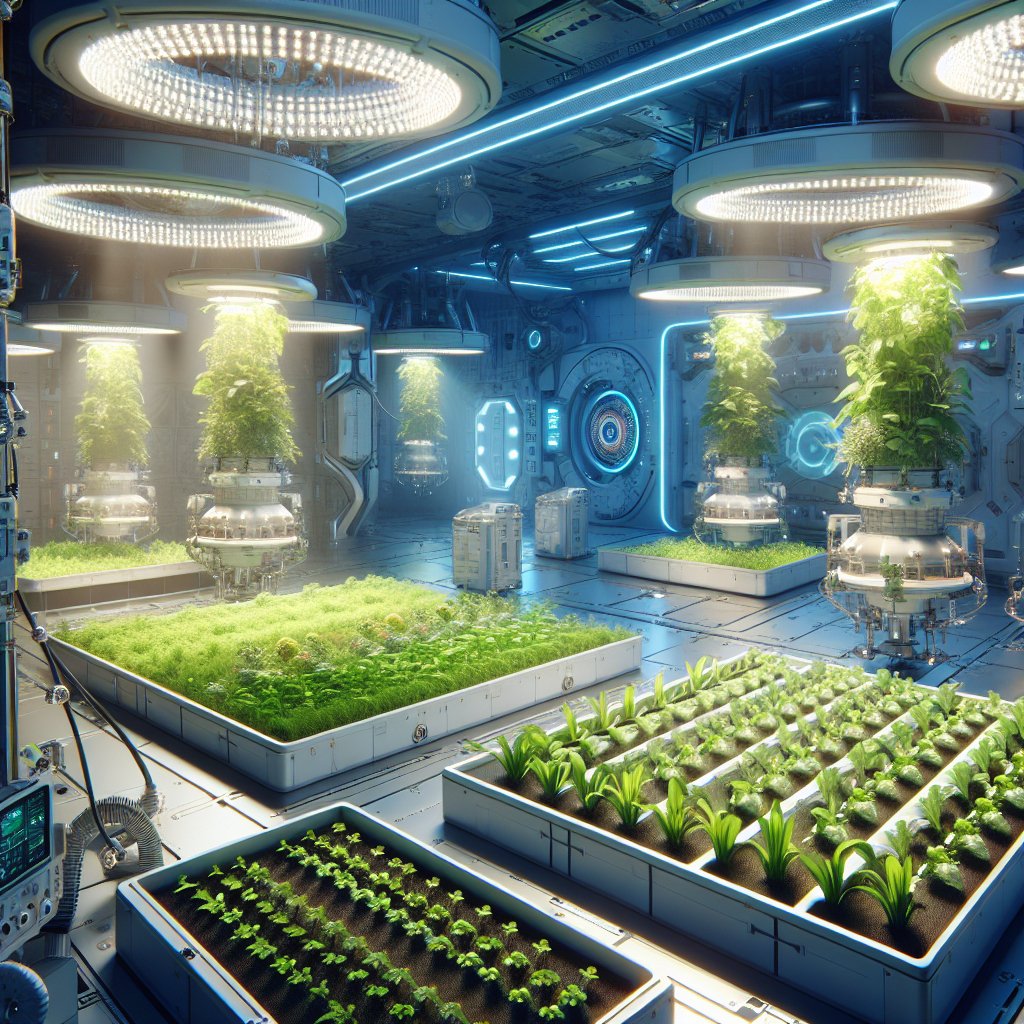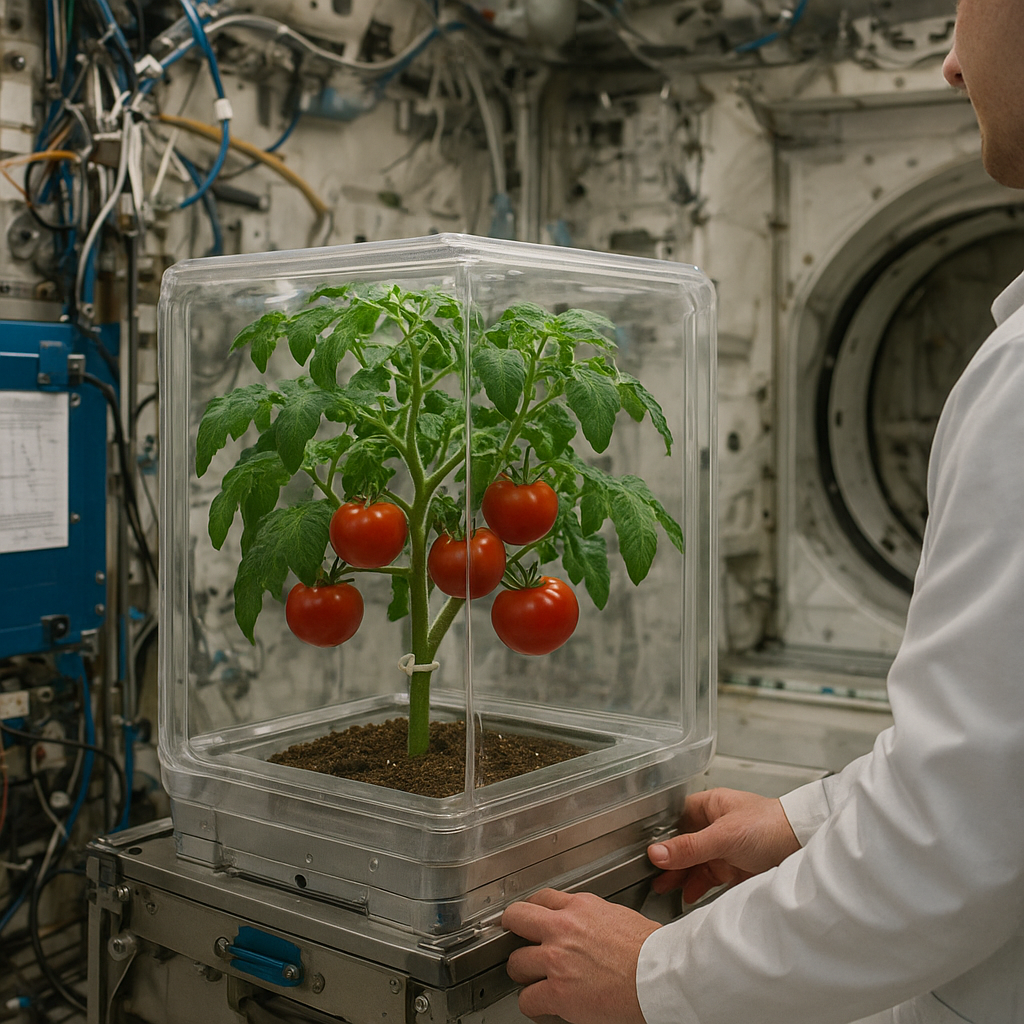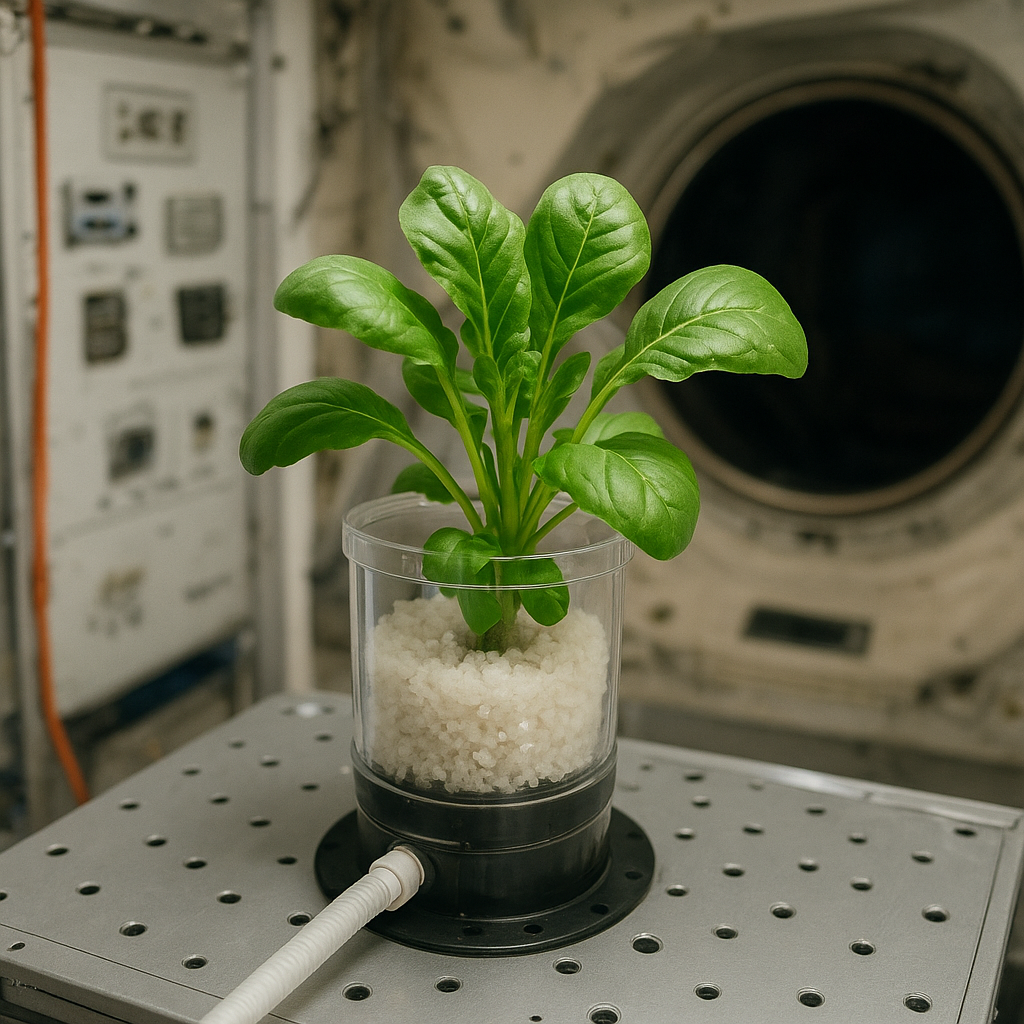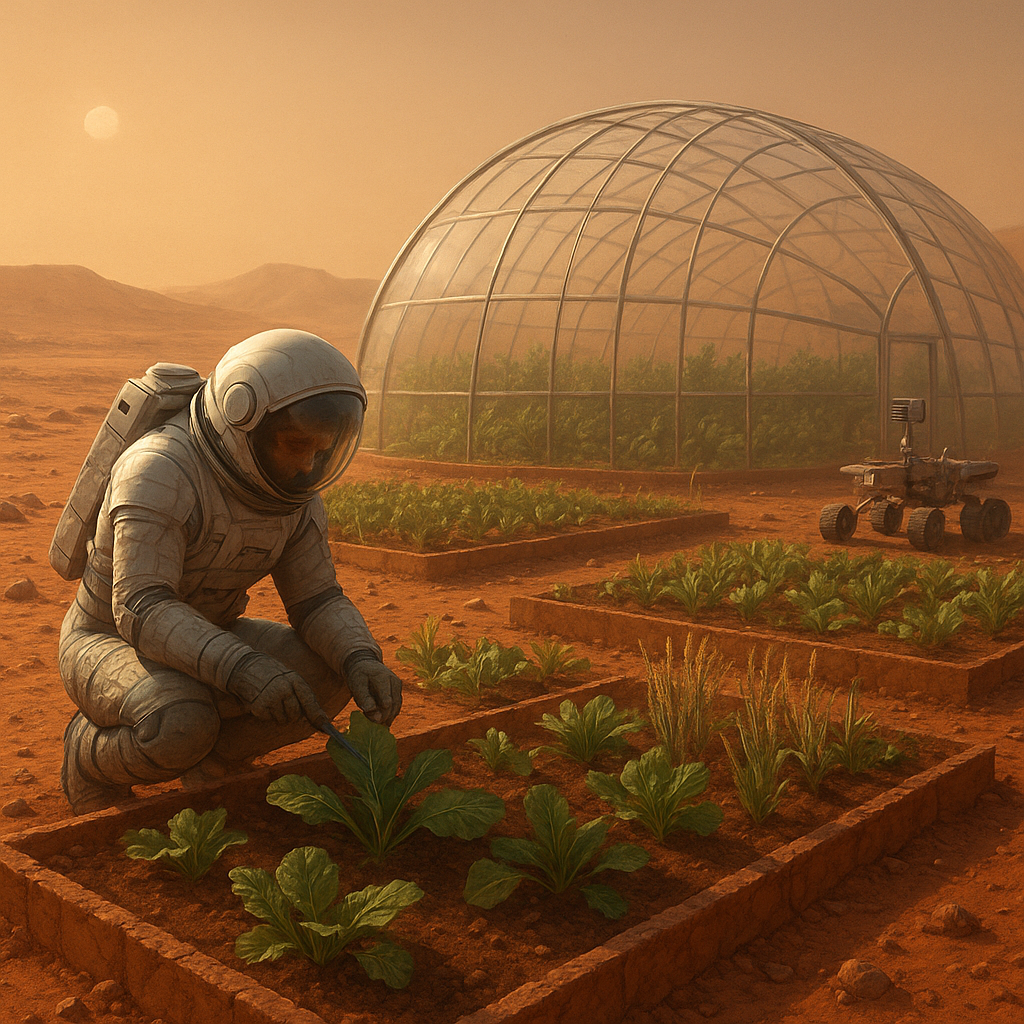Farming in orbit presents a unique intersection of agriculture and space exploration, offering both exciting opportunities and significant challenges. As humanity looks to the stars, the need for sustainable food production systems in space becomes increasingly critical. This article explores the potential of extraterrestrial agriculture, the technologies involved, and the hurdles that must be overcome to make farming in orbit a reality.
Understanding the Need for Space Agriculture
The exploration of space has long been a dream of humanity, but as we venture further into the cosmos, the question of how to sustain life becomes paramount. Traditional food supply chains are not feasible in space due to the vast distances and the complexities of transporting perishable goods. Therefore, developing agricultural systems that can function in microgravity environments is essential for long-duration missions, such as those planned for Mars and beyond.
One of the primary motivations for space agriculture is the need for self-sufficiency. Astronauts on the International Space Station (ISS) have relied on resupply missions from Earth, which can be costly and logistically challenging. By cultivating food in space, we can reduce dependency on Earth and ensure a continuous supply of fresh produce, which is vital for the physical and mental well-being of astronauts.
The Benefits of Farming in Space
Farming in orbit offers several advantages that extend beyond mere sustenance. These benefits include:
- Enhanced Nutrition: Fresh fruits and vegetables provide essential vitamins and minerals that are often lacking in processed space food.
- Psychological Well-being: Engaging in gardening and farming activities can improve the mental health of astronauts, providing a sense of normalcy and connection to Earth.
- Research Opportunities: Space agriculture allows scientists to study plant growth in microgravity, leading to advancements in both space and terrestrial farming techniques.
- Resource Recycling: Implementing closed-loop systems for water and nutrients can lead to more sustainable practices, reducing waste and conserving resources.
Technological Innovations in Space Farming
To make farming in orbit a reality, several technological innovations are being developed and tested. These advancements focus on creating efficient systems that can operate in the unique conditions of space.
Hydroponics and Aeroponics
Hydroponics and aeroponics are two soil-less farming techniques that have gained popularity in space agriculture. Hydroponics involves growing plants in nutrient-rich water, while aeroponics uses a mist of nutrients to nourish the plants’ roots. Both methods are highly efficient, requiring less water and space than traditional farming.
NASA has conducted experiments on the ISS using hydroponic systems to grow crops like lettuce and radishes. These experiments have shown promising results, demonstrating that plants can thrive in microgravity and provide fresh food for astronauts.
LED Lighting and Environmental Control
In space, natural sunlight is limited, making artificial lighting essential for plant growth. LED technology has emerged as a key player in space farming, providing energy-efficient lighting that can be tailored to the specific needs of different crops. By adjusting the light spectrum, researchers can optimize photosynthesis and enhance plant growth.
Additionally, environmental control systems are crucial for maintaining the right temperature, humidity, and carbon dioxide levels for plant growth. These systems must be robust and reliable, as any failure could jeopardize the entire crop.
Challenges of Farming in Orbit
Despite the exciting possibilities, farming in orbit is not without its challenges. Several factors must be addressed to ensure the success of agricultural endeavors in space.
Microgravity Effects on Plant Growth
One of the most significant challenges of space agriculture is the impact of microgravity on plant growth. In a weightless environment, plants may exhibit altered growth patterns, including changes in root development and nutrient uptake. Understanding these effects is crucial for optimizing crop yields in space.
Research is ongoing to determine how different plant species respond to microgravity. Some studies suggest that certain crops may adapt better than others, leading to the potential for selective breeding of space-hardy plants.
Resource Limitations
Farming in space requires careful management of resources, including water, nutrients, and energy. The closed-loop systems necessary for recycling these resources must be highly efficient and reliable. Any failure in these systems could lead to crop failure and food shortages.
Moreover, the initial setup costs for space farming systems can be prohibitively high. Developing and launching the necessary technology requires significant investment, which can be a barrier to entry for many organizations.
Future Prospects of Space Agriculture
The future of farming in orbit is promising, with ongoing research and development paving the way for sustainable agricultural practices in space. As we prepare for missions to Mars and beyond, the lessons learned from space agriculture will not only benefit astronauts but also have implications for farming on Earth.
Potential for Mars Colonization
As humanity sets its sights on colonizing Mars, the need for sustainable food production becomes even more critical. The Martian environment presents unique challenges, including extreme temperatures, radiation, and limited water resources. However, the principles of space agriculture can be adapted to create viable farming systems on the Red Planet.
Research into Martian soil and its potential for supporting plant life is already underway. By utilizing hydroponics and aeroponics, future Martian settlers could grow food in controlled environments, ensuring a steady supply of fresh produce.
Implications for Earth Agriculture
The innovations developed for space agriculture may also have far-reaching implications for farming on Earth. Techniques such as vertical farming, hydroponics, and resource recycling can help address some of the challenges faced by traditional agriculture, including land degradation, water scarcity, and climate change.
As we continue to explore the cosmos, the knowledge gained from farming in orbit will not only support human life in space but also contribute to the sustainability of our planet. The future of agriculture may very well lie among the stars, where the challenges of space inspire innovative solutions for feeding a growing global population.




